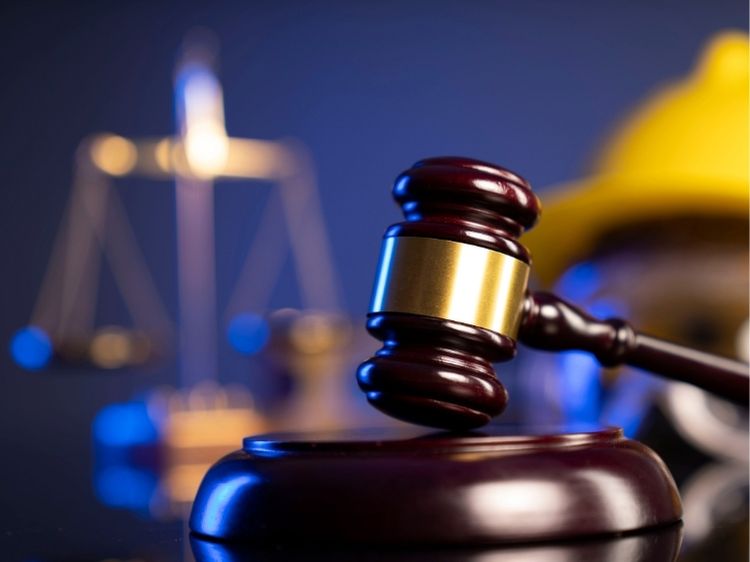When you purchase a product, you expect it to be safe and function as advertised. But what happens when that product causes you harm? That’s where a product liability claim comes into play. This article will guide you through the ins and outs of product liability claims, ensuring you know your rights and the steps to take if you find yourself in such a situation.
What is a Product Liability Claim?
A product liability claim is a legal process where a consumer seeks compensation for injuries or damages caused by a defective product. These claims can be complex, involving multiple parties such as manufacturers, distributors, and retailers. Essentially, it’s about holding the responsible party accountable for releasing a product that fails to meet safety standards.
Types of Product Defects
There are three primary types of defects that can lead to a product liability claim:
- Design Defects: These occur when a product’s design is inherently unsafe, even before it’s manufactured. A well-known example is the infamous Ford Pinto, which had a design flaw that made its fuel tank susceptible to explosions.
- Manufacturing Defects: These happen during the production process, making a product unsafe. For instance, if a batch of toys is contaminated with lead paint due to an error in the factory, this would be a manufacturing defect.
- Marketing Defects: Also known as “failure to warn,” this defect involves improper labeling, insufficient instructions, or the failure to inform consumers about potential risks. If a medication doesn’t include warnings about possible side effects, it could lead to a marketing defect claim.
Who Can Be Held Liable?
In a product liability claim, several parties could be held responsible, depending on where the defect occurred:
- Manufacturers: If the defect originated in the design or manufacturing process, the manufacturer is often the primary party held liable.
- Distributors: Companies involved in distributing the product can also be held accountable if they played a role in the defect.
- Retailers: Even though retailers aren’t involved in the production process, they can still be liable if they sold a defective product to a consumer.
Steps to Filing a Product Liability Claim
Filing a product liability claim can seem daunting, but it doesn’t have to be. Here’s a step-by-step guide to help you navigate the process:
- Seek Medical Attention: Your health should be your top priority. If you’ve been injured by a defective product, seek medical attention immediately. This not only ensures your well-being but also provides documentation of your injuries.
- Preserve Evidence: Keep the product in question, along with any packaging, receipts, or instructions. These can be crucial pieces of evidence in your claim.
- Document Everything: Take notes on how the injury occurred, and keep a record of any related expenses, such as medical bills or lost wages.
- Consult an Attorney: Product liability claims can be complex, so it’s wise to consult with a lawyer who specializes in this area. They can help you understand your rights and guide you through the legal process.
- File the Claim: Your attorney will help you file the claim, which may involve negotiations with the responsible parties or, if necessary, taking the case to court.
Common Defenses in Product Liability Cases
When facing a product liability claim, defendants often employ several common defenses, including:
- Assumption of Risk: The defendant might argue that you knew about the potential risks and used the product anyway.
- Product Misuse: If you were using the product in a way that it wasn’t intended to be used, the defendant might claim that this misuse caused the injury.
- Comparative Fault: In some cases, the defendant might argue that you were partially at fault for the injury, potentially reducing the compensation you’re entitled to.
FAQs about Product Liability Claims
Q: How long do I have to file a product liability claim?
A: The statute of limitations varies by state, but generally, you have two to four years from the date of injury to file a claim. It’s essential to consult an attorney as soon as possible to ensure you don’t miss this deadline.
Q: What kind of compensation can I receive?
A: Compensation can cover medical expenses, lost wages, pain and suffering, and in some cases, punitive damages. The exact amount will depend on the specifics of your case.
Q: Do I need to prove that the manufacturer was negligent?
A: Not necessarily. In strict liability cases, you don’t have to prove negligence, only that the product was defective and caused your injury.
Q: Can I file a claim if the product was recalled?
A: Yes, a recall doesn’t absolve the manufacturer of liability. If you were injured before the recall was issued or didn’t receive adequate notice of the recall, you could still file a claim.
Conclusion
Understanding your rights when it comes to a product liability claim is crucial. If you’ve been injured by a defective product, don’t hesitate to seek legal advice. The process might seem complex, but with the right guidance, you can navigate it effectively and receive the compensation you deserve.
Authoritative Links:

